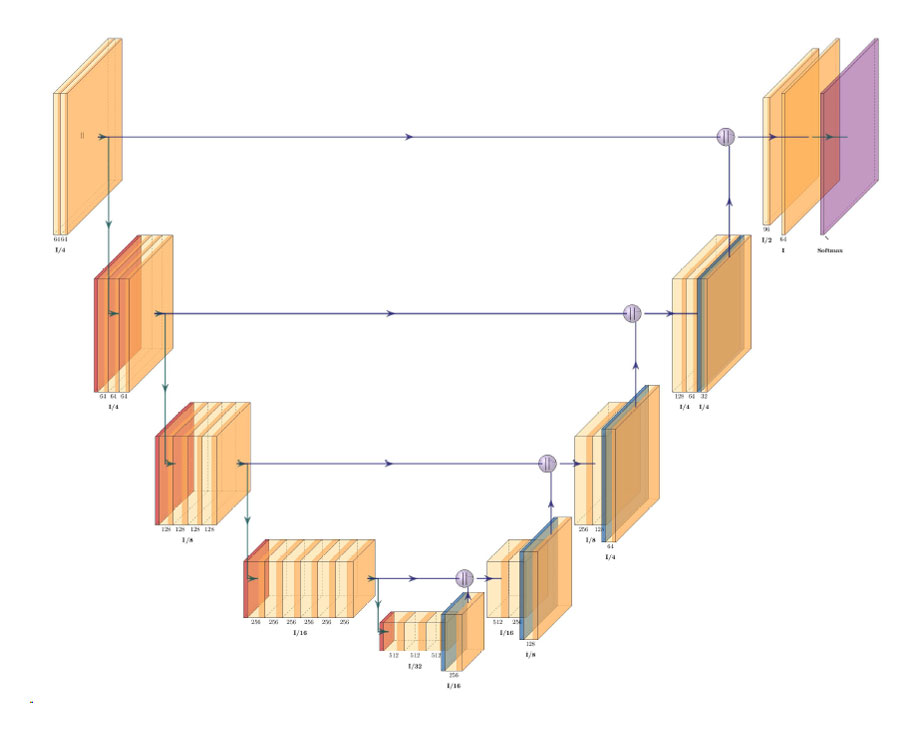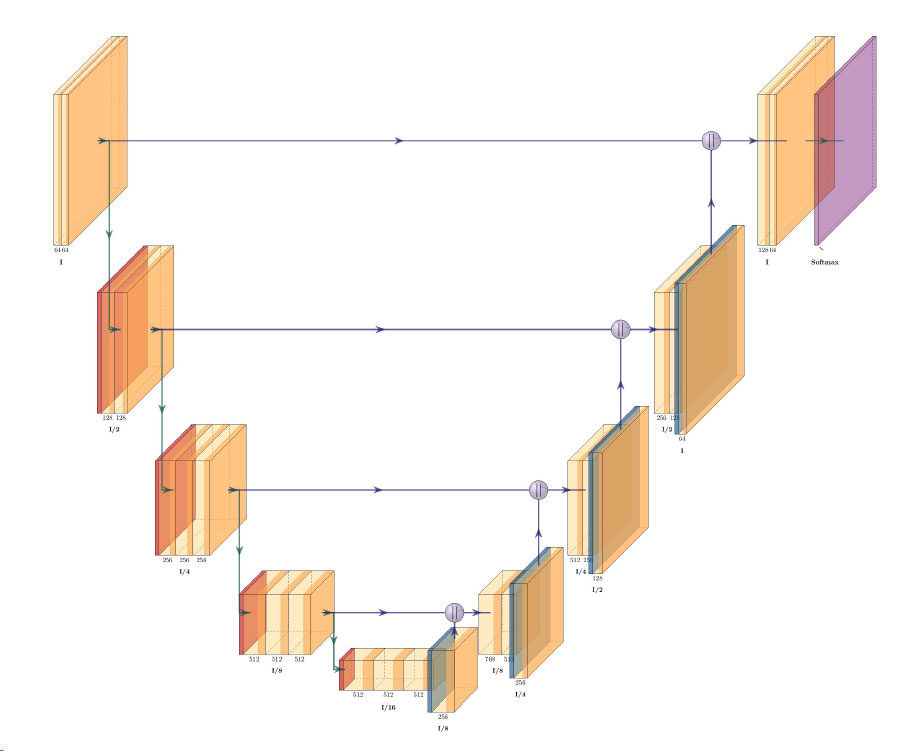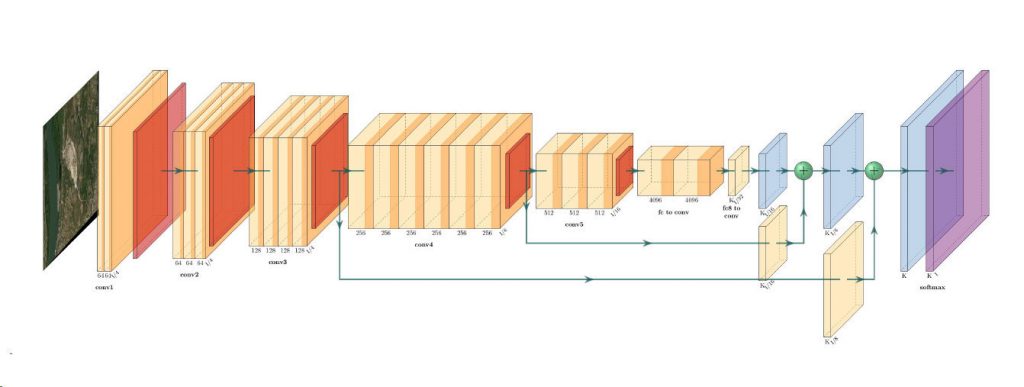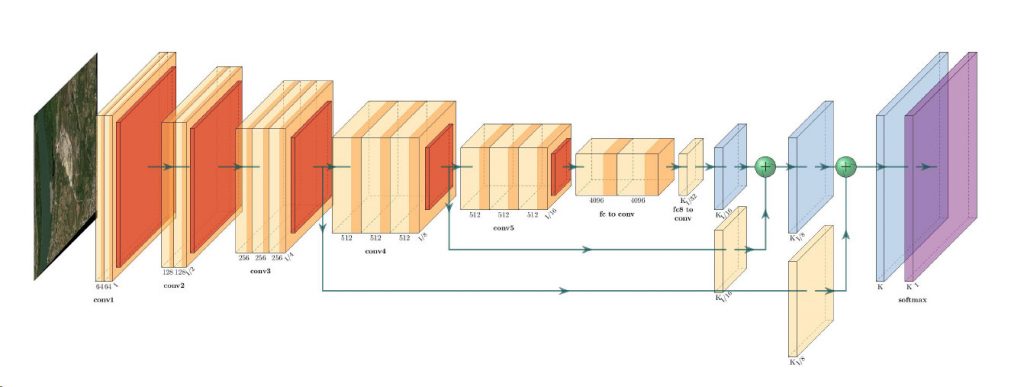Accurate and high resolution bathymetric data is a necessity for a wide range of coastal oceanographic research and is especially important when studying the environmental health of benthic habitats that are often disturbed by human or natural phenomena. Utilising the WorldView-2 and WorldView-3 satellites, we are able to see further into the water and support bathymetric studies around the globe. Remote sensing of the shallow ocean floor has become much clearer as a result of the additional spectral bands, including coastal blue. Several research studies have shown that a combination of coastal blue with yellow, and the more tightly focused green band, can discriminate underwater features more efficiently and with remarkable accuracy, agility and collection capacity. Identification of a deep lagoon Identification of submerged aquatic vegetation Identification of linear reef flats MARINE HABITAT MONITORING Ability to map large underwater areas and identify vegetation and substrate classes for use in monitoring pollution and man-made hazards in order to protect f ragile environments. NAVIGATIONAL HAZARDS Keep nautical charts up-to-date in even the most remote and dangerous locations with continuous coverage and the ability to capture large areas of interest. COASTAL MONITORING Evaluate damages f rom erosion, storm surges, coastal inundation and tsunamis as well as detect change over time using our archive dating back to 2002. www.euspaceimaging.com | Arnulfstrasse 199, 80634 Munich, Germany | T: +49 89 130 1420 DATA SHEET Bathymetry Satellite Based Bathymetry Traditional bathymetry is a lengthy, delicate and expensive process. It deploys airborne LiDAR and/or labour-intensive marine acoustic sonar with vessels to slowly survey the sea floor. These studies can have an adverse impact on the environment, incur high costs, and require government permits. The derivation of ocean water depth from satellite imagery with eight spectral bands is a cost effective method of remotely sensing an aquatic environment. WorldView-2 and WorldView-3 use differing wavelengths of light to map bathymetry in water depth of up to 10 15 metres under optimal conditions. © Miecznik / Grabowska, 2012 ©Maxar, supplied by European Space Imaging Metres This image shows bathymetric analysis of Moreton Bay, Australia, to determine water depth. This study was conducted by Grzegorz Miecznik and Dorota Grabowska for their research project of WorldView-2 bathymetric capabilities . SOLAR RADIATION The smaller wavelengths (e.g. blue and green light) penetrate water more than longer wavelengths (e.g near infrared, shortwave infrared) . When water is clear and the sea floor is bright (e.g. sandy) estimates of depth can be derived from the reflectance measured by the satellite or by using stereoscopic measurements. When multiple visible-wavelength spectral bands are used together, the effects of the sea floor reflectance variability and water turbidity are lessened. 3.72 m GSD (7.5 m releasable) 250 500 750 NIR 2 866 – 954 NIR 1 772 – 890 RED-EDGE 706 – 746 RED 632 – 692 WORLDVIEW-3 SWIR BANDS YELLOW 590 – 630 GREEN 518 – 586 BLUE 448 – 510 COASTAL 400 – 452 VISIBLE TO HUMAN EYE 1000 1250 1500 1750 2000 2250 2500 WAVELENGTH (nanometers) About European Space Imaging Based in Munich, Germany and established in 2002, European Space Imaging is the leading premium supplier of global very high resolution (VHR) satellite imagery and derived services to customers in Europe, North Africa and CIS countries. With over 16 years’ experience, European Space Imaging has developed a reputation for expert and personalised customer service and an unbeatable track record for supplying tailored very high resolution imagery solutions to meet the diverse projects and requirements of their customers. Furthermore, European Space Imaging is the only European satellite data provider to supply imagery at true 30 cm resolution and who own and operate its own multi-mission ground station for direct satellite tasking and local data downlink. www.euspaceimaging.com | Arnulfstrasse 199, 80634 Munich, Germany | T: +49 89 130 1420





